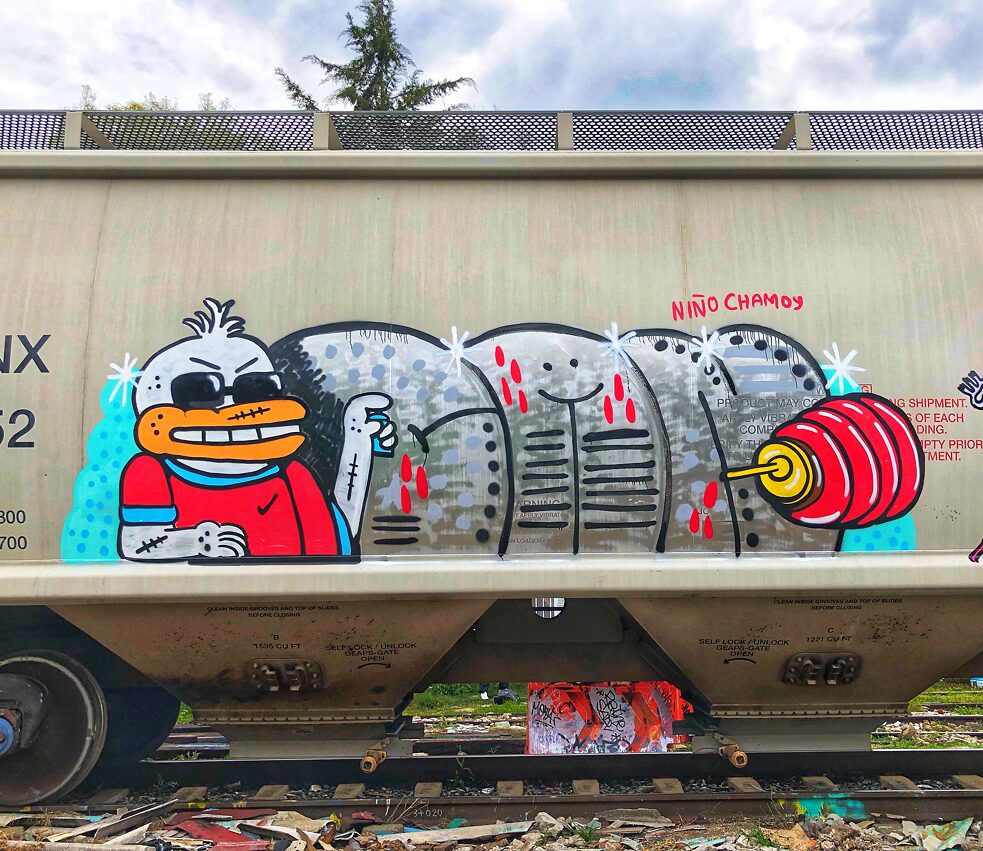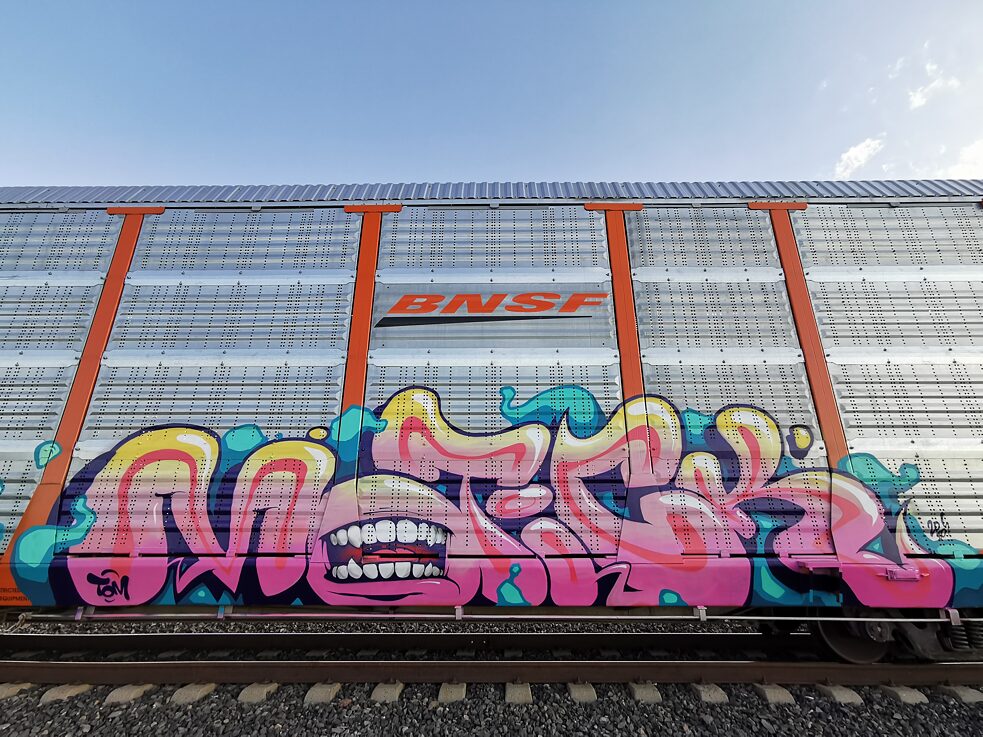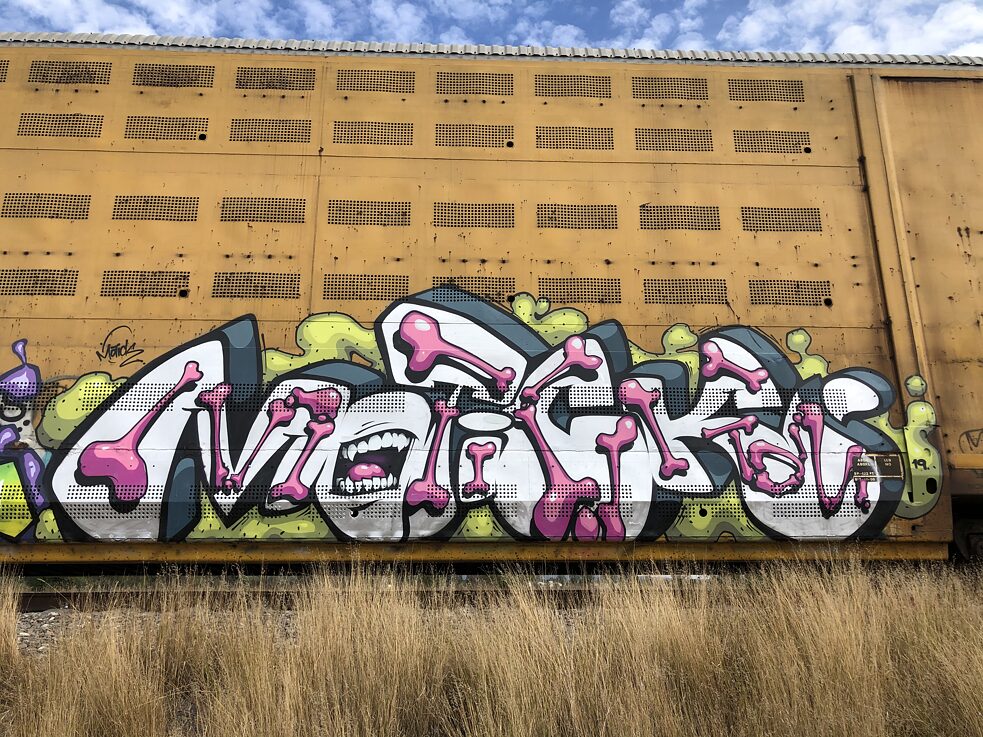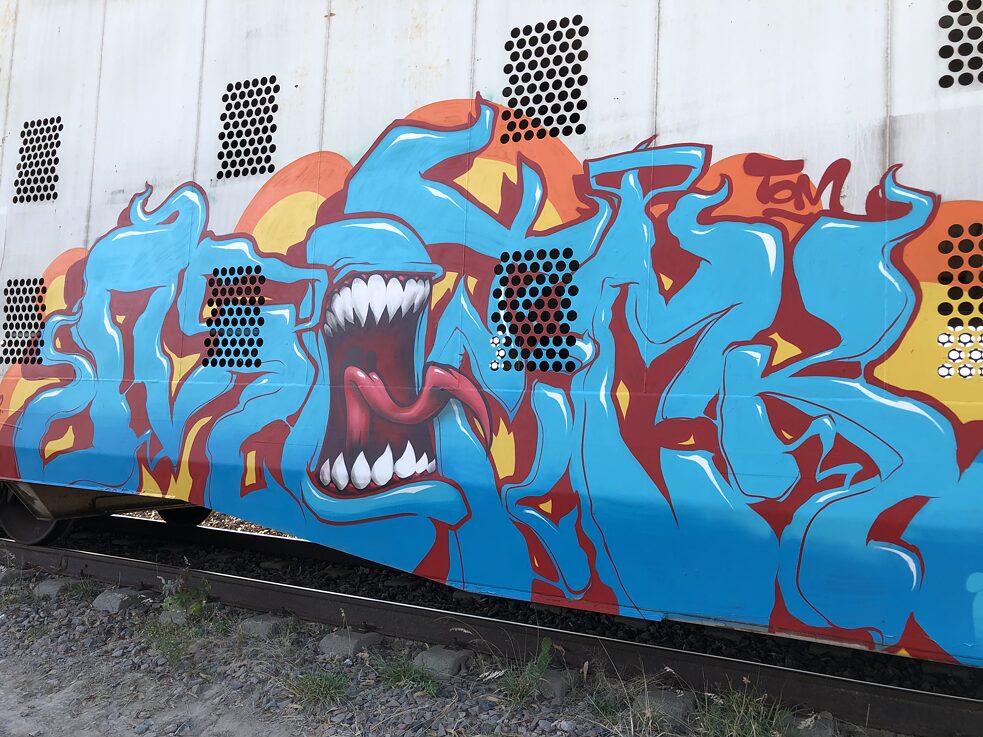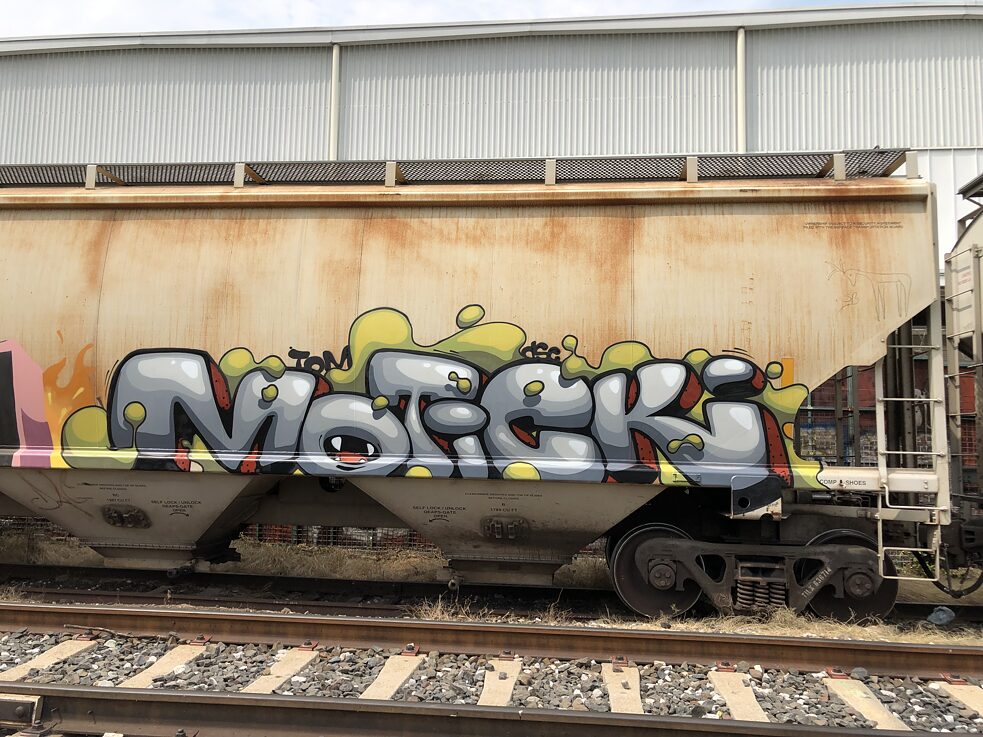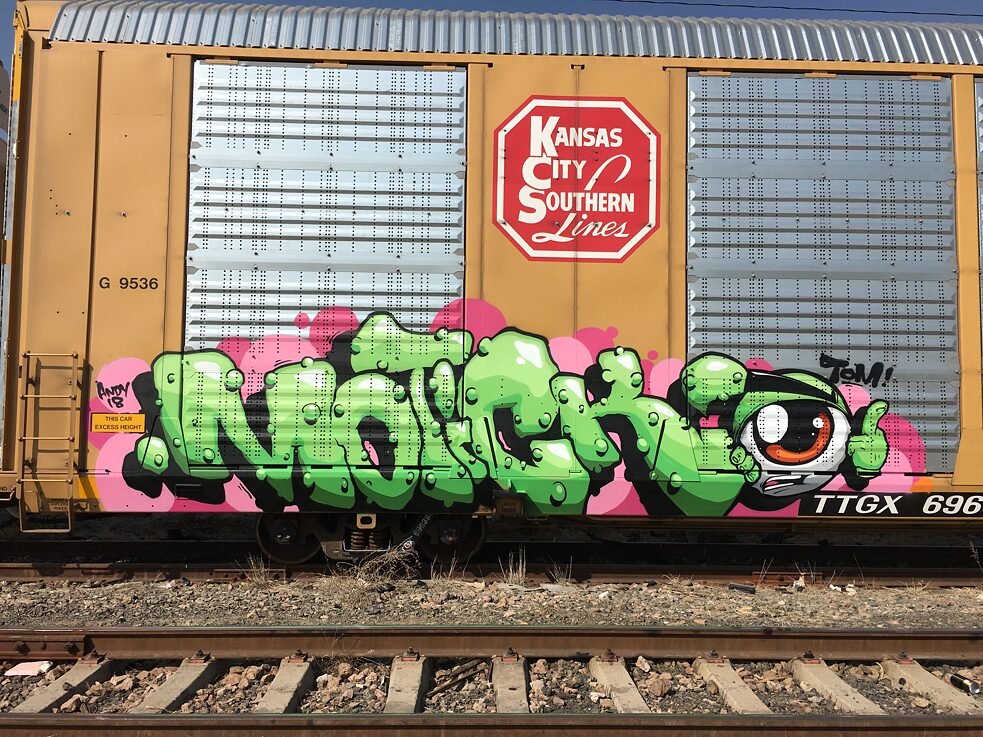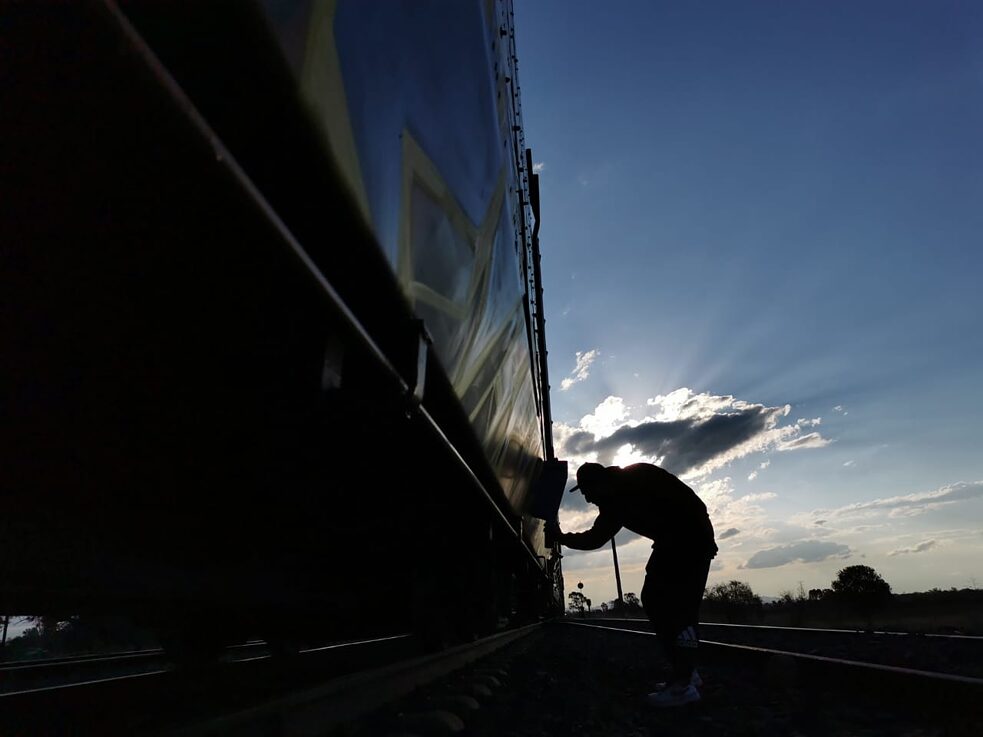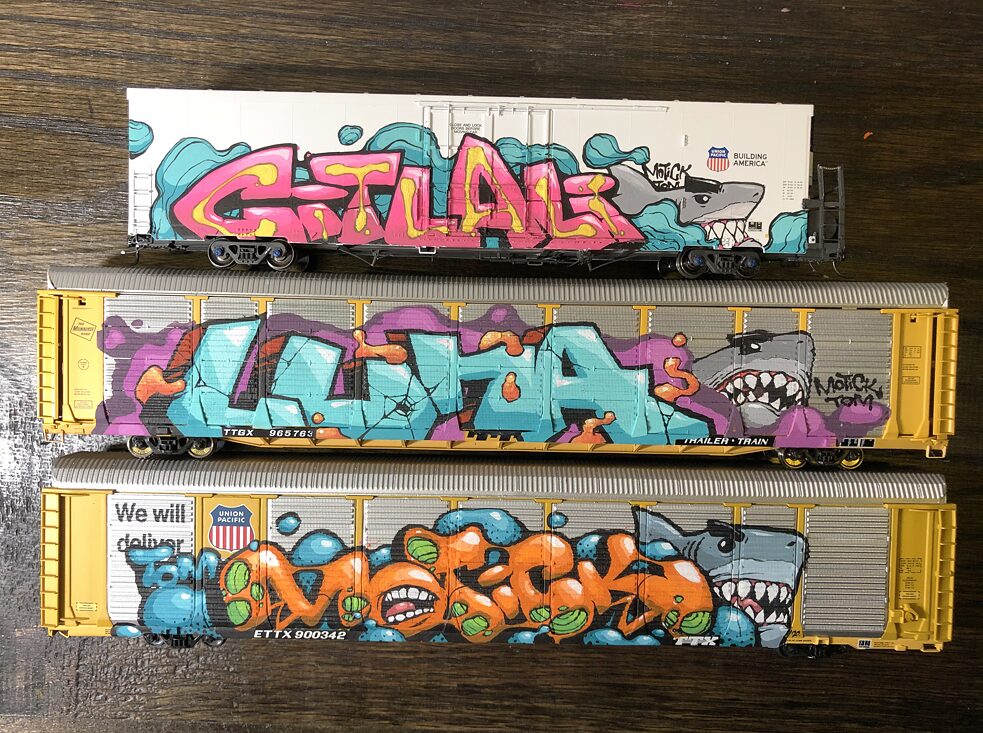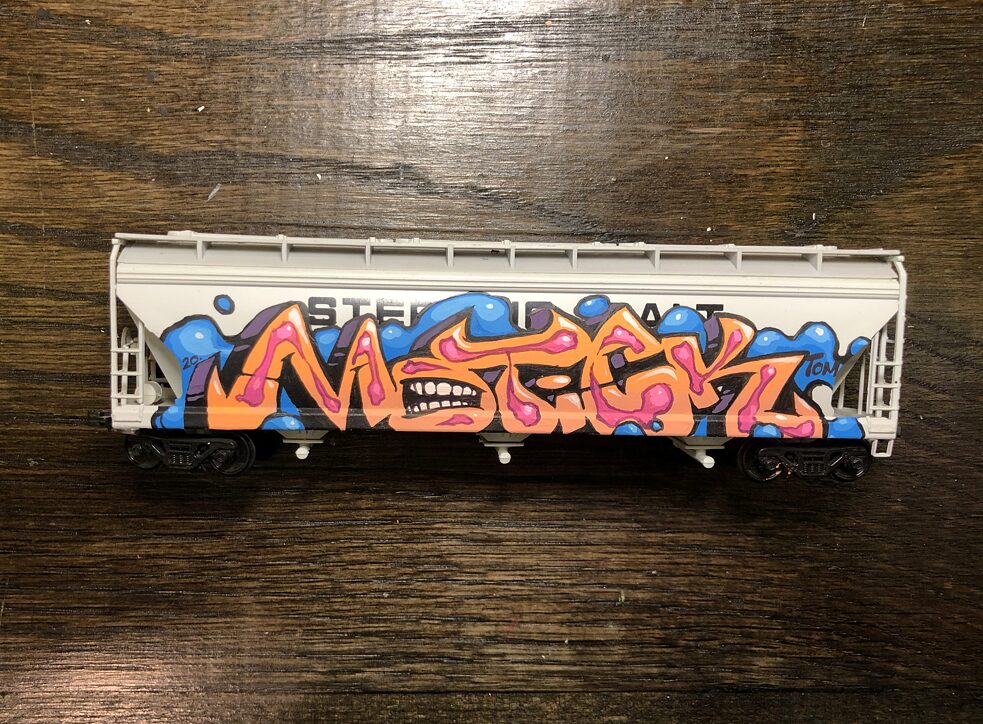Never give away your location!
Artist Alejandro Pinpon tells us about the origin of urban art on trains and reveals some of the basic rules that Mexican creators follow to keep this subculture moving.
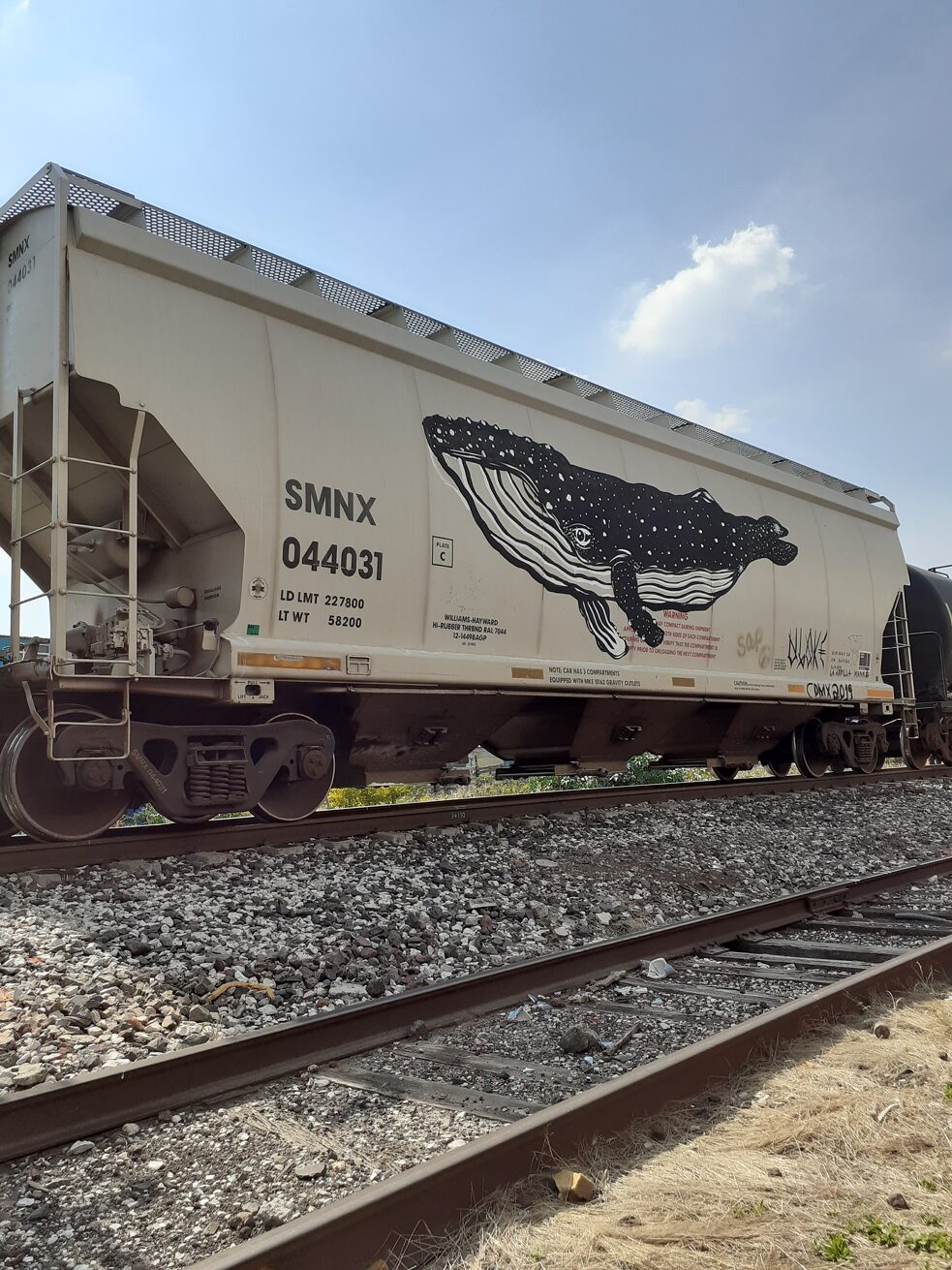 Given that this is an underground activity and, to a large extent, illegal, artists are careful to not identify the locations of their works. All of these pieces on trains were done by Mexican creators. | © Anonymus
Given that this is an underground activity and, to a large extent, illegal, artists are careful to not identify the locations of their works. All of these pieces on trains were done by Mexican creators. | © Anonymus
In particular, graffiti has played a very important role in the development of Mexican underground culture and urban art. Mexico City began to see the first expressions of this kind in the late 1960s with paintings that were loaded with social messages from the student movement of 1968. In the 70s, graffiti in Mexico started to take shape and gain strength through tags, throw-ups, and bombs that ignited the famous style war, a territory and aesthetics competition in which the best artists shine for the number of their tags or the complexity of their pieces.
When we talk about “rules” it’s in reference to the set of recommendations and warnings for reducing risk and preserving the archive of graffiti pieces circulating on railways.
The birthplace of urban art on trains and transportation systems is New York, with tags by artists like Taki 183, Super Kool, Phase 2, and Pistol 1, among others. This area of the Mexican scene took time to develop, as very few trains reached Mexico City with interventions, and the Mexican artists who had started exploring on-wheels formats mostly lived along the border with the United States.
Four Basic Rules
When we talk about “rules” it’s in reference to the set of recommendations and warnings for reducing risk and preserving the archive of graffiti pieces circulating on railways. The greatest risk factor of this practice is that the artists could be caught by authorities, and, in the worst-case scenario, that they may have to pay thousands of pesos in fines for the damage to the freight cars.One of the basic rules is “don’t paint the numbers,” because this vital information identifies the cargo for its operation. If you painted a freight car one day and ignored this “norm,” it is highly probable that your piece no longer exists, as they surely had to take the paint off the car in order to mark it with its ID code again.
“Respect the first and last block” is another fundamental rule for preserving the origin of the graffiti and the trains’ messages. The emergence of these practices dates back to the Great Depression when migrant workers or vagabonds (hobos)—who would travel across the United States by train—devised ways to communicate with one another at the different stations. They would write messages and make drawings that, today, are known as the hobo code or monikers, a doodle-based language used to provide notices of places that were safe for camping or where someone could find food and drinking water and also to warn of the presence of gangs, police stations, or armed vigilantes. The doodles were drawn with industrial crayons that were resistant to extreme weather conditions. Over time, they were replaced by aerosol paint and other types of industrial markers.
Given that this is an underground culture and, to a large extent, illegal, you should avoid sharing your creative experience on social media, and you should most certainly not post the location
Lastly, and most important: “Take care of the spot.” Given that this is an underground culture and, to a large extent, illegal, you should avoid sharing your creative experience on social media, and you should most certainly not post the location; this is to protect the spaces to be able to keep creating. There are not many secret spots that allow artists enough time to create and add details to a piece, which is why the few that do exist tend to be quite valuable and coveted. Complex logistics are needed to achieve the ideal conditions that make it possible for artists to leave a bomb or a large piece that covers thousands of kilometers.
Alejandro Pérez Alvarado (alias Alejandro Pinpon) is an urban artist from Atizapán de Zaragoza in the State of Mexico. He currently leads the multidisciplinary collective Mad In and collaborates with different media outlets, brands, and institutions that are focused on promoting and marketing urban art.
Translated from Spanish by Laura Elliott

